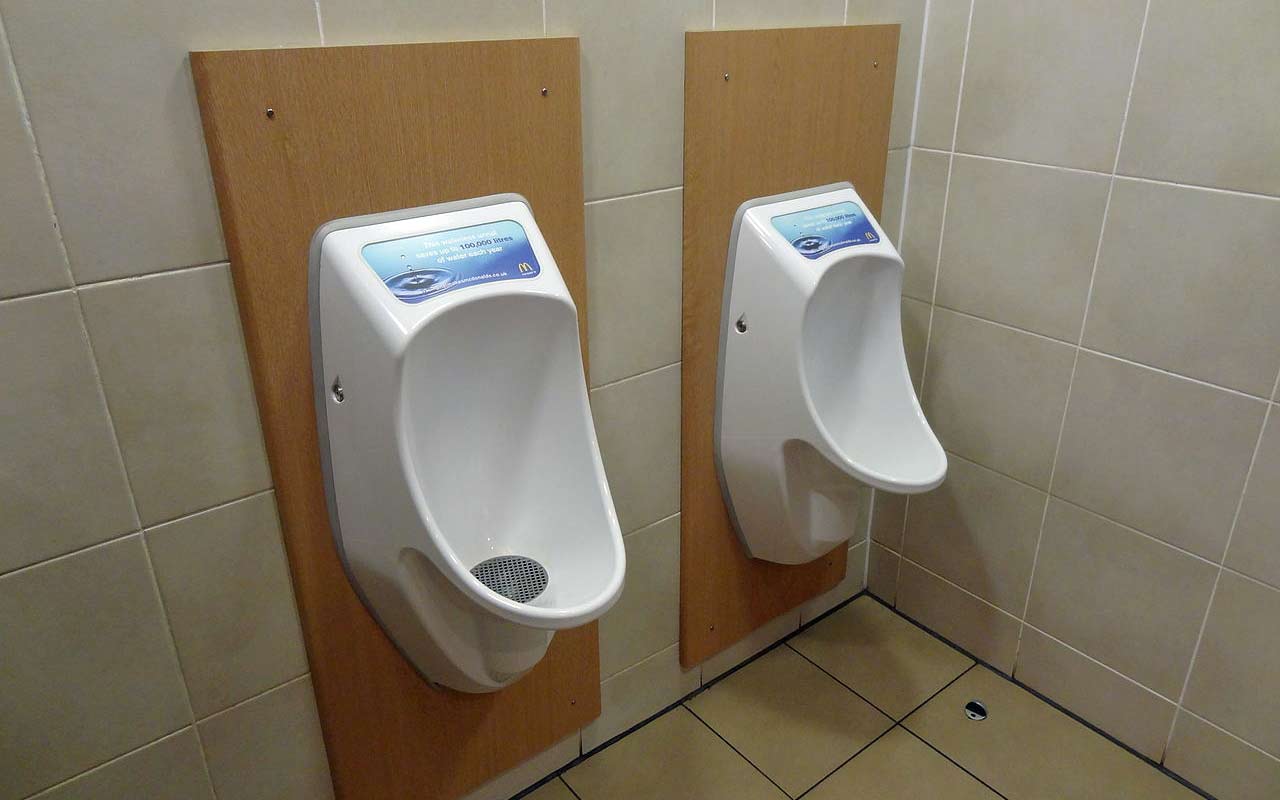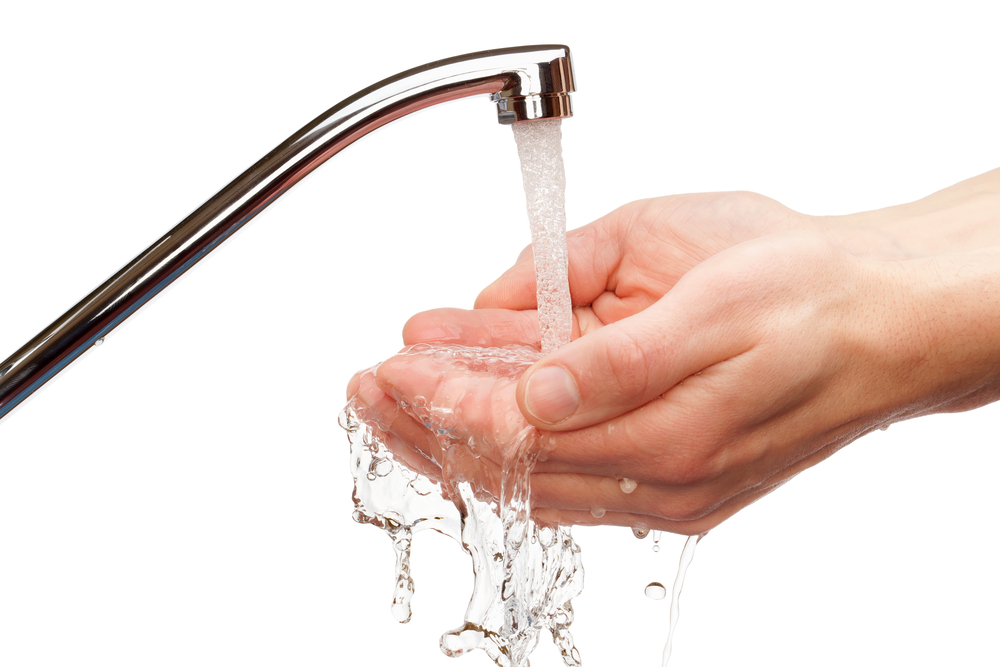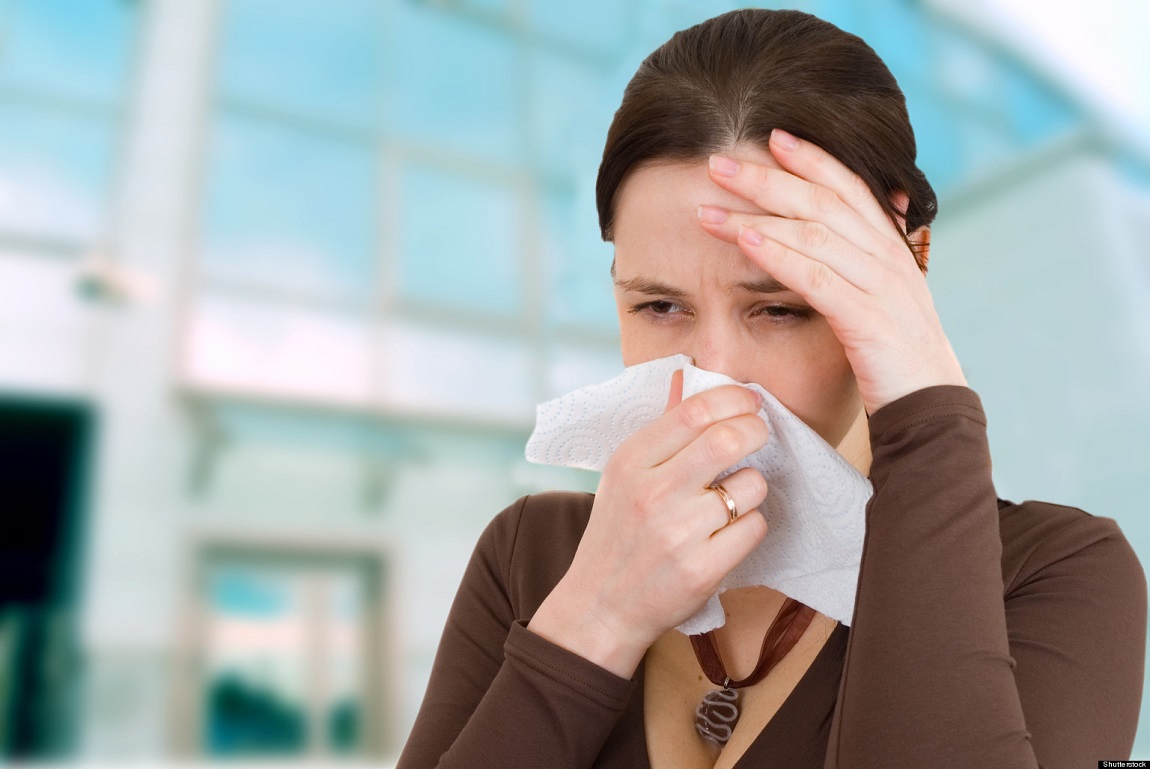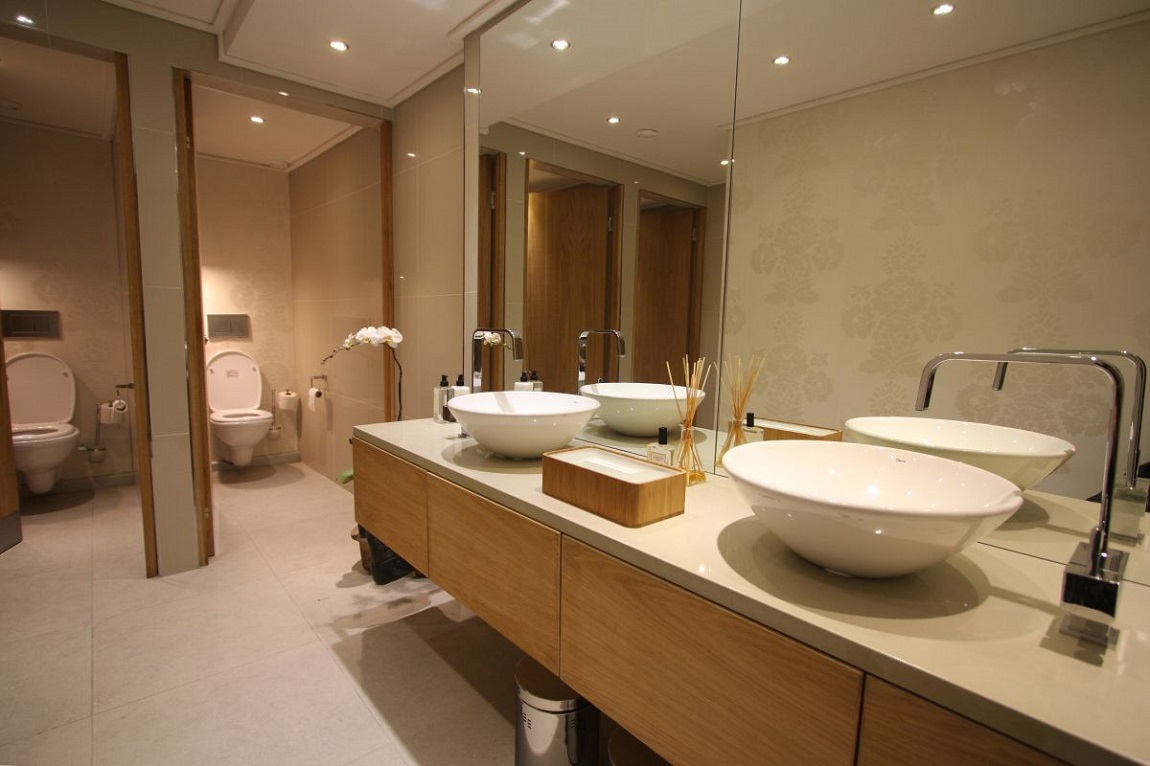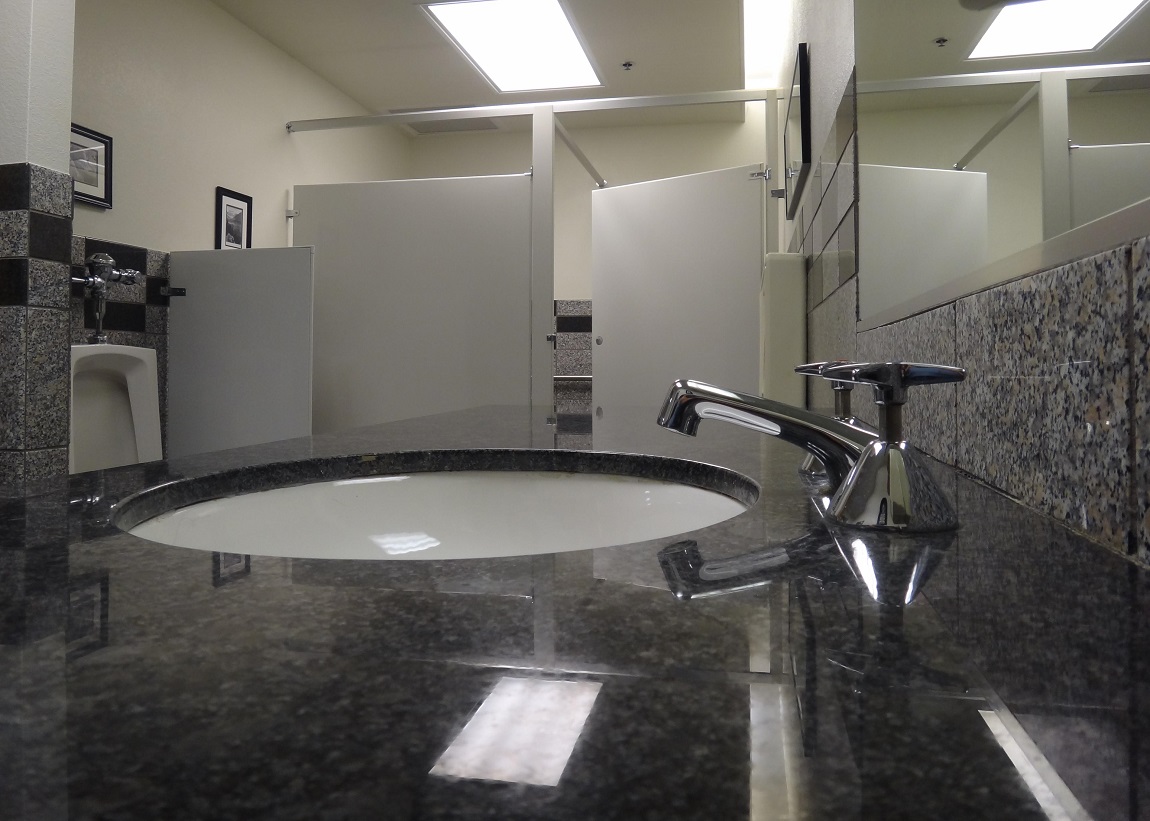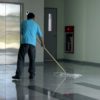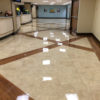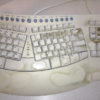How To Clean & Disinfect Your Workplace Computer Keyboard
Keyboard cleaning should be a regular part of your company’s strategy to keep your facilities spotless. According to a study at the University of Arizona, office workers are exposed to more germs from their computer keyboards than toilet seats. While this may sound rather improbable, the reality of the matter is that our desks are bacteria cafeterias with office keyboards harboring enough bacteria beneath the keys to get your employees sick.
With that little tidbit of information, you might want to consider cleaning and disinfecting your keyboard regularly by hiring a reputable commercial janitorial services company, particularly if your employees share keyboards and mouse.
Here are five steps that our experienced janitors have laid on how to thoroughly clean your keyboard:
Turn Off the Computer and Unplug the Keyboard
Before beginning any cleaning activity, shut down the computer and ensure that all electrical sources are turned off. Don’t forget to unplug the computer too. Doing so will not only protect you from the risk of electrocution but will also prevent any moisture from frying the hardware as well as avoid any damage to the machine. It will also prevent you from entering dozens of commands and keystrokes in an open document or software as you clean.
Remove Loose Crumbs and Debris
Most people eat while they work, at times some food debris and spilled drinks may accumulate in the dark recesses beneath the keys. These food crumbs and debris combined with dirt and dust can create an excellent breeding ground for bacteria as well as stop keys from working altogether. To clean your keyboard, simply remove loose crumbs and debris by turning your keyboard upside down and then gently tapping and shaking it. Alternatively you can use a can of compressed air to knock loose debris and dirt pieces out of the keyboard spaces.
Clean and Disinfect the Keys
Depending on how much of time you are willing to devote to the task, you can use two options. If you are short of time, you can use wipes treated in isopropyl alcohol solution to go over each key, both on top and sides. The purpose of Isopropyl alcohol solution is to rid the keyboard of germs and bacteria.
This step should be utilized on a regular basis particularly when the user gets over cold or other illnesses. The other choice you can use is to remove all the keys using a blunt object and washing them in a solution. However, for commercially clean keyboards, it is vital to hire experienced janitorial services to prevent damaging or discoloring the keyboards.
Clean the Keyboard Trenches
Now that the keys are removed, it is easier to clean the hidden dirt and dust out. You can use your can of compressed air to drive out the dust or alternatively use a gentle vacuum to suck off the dirt. Dunk a piece of cotton wool into a solution of isopropyl alcohol and disinfect the inner surfaces of the keyboard.
Re-assemble the Keyboard
After ensuring that the keys are completely dry, pop them back into place. Each key should snap back into place after applying a little amount of pressure. Since you might forget where some of the keys go, you can consult your keyboard maps or simply leave the job to a janitorial professional.
While some these steps are simple, most of them are simple and require the services of a janitorial professional. If you need commercial cleaning services in the greater Kansas City area, please contact Elite Clean Co today and we will help you keep your employees healthy.
Key Takeaways:
- Clean you keyboard thoroughly at least once a year. During the winter months you should clean it more often because of the flu and other colds that are passed around the office.
- Prevent the growth of germs, don’t eat at your keyboard.
- Invest in a keyboard plastic cover. These are typically molded to the shape of your keyboard and can extend the life of them significantly.
- If you are sick wipe your keyboard down after each use to prevent the spread of germs.




